Volatile Acidity is the combination of acetic acid (vinegar) and ethyl acetate (nail polish remover). It can be produced by both acetic acid bacteria and yeast. Other microbes in wine also produce volatile acidity.
Acetic acid bacteria increase in population on grapes that are infected by Botrytis and on broken grapes, from hail or high rainfall when the grapes are nearly fully ripe and soft causing them to swell and split. Poor winery hygiene and maintenance of empty barrels also result in an increased population of acetic acid bacteria.
Yeast naturally produces a certain amount of VA during alcoholic fermentation. The amount produced will vary according to the yeast strain(s) and the condition during fermentation. High temperatures, alcohol, and, insufficient nutrients can increase VA production by yeast.
VA will ‘blow off’ a fermenting wine to some degree, evaporating. Once the alcoholic fermentation is finished you’re stuck with what you’ve got in the wine. Techniques like reverse osmosis can be applied to remove VA from a wine prior to bottling. Refermenting it with fresh grapes can also do the trick.
At extreme levels VA is a fault. At low levels it can give the wine a complimentary ‘lifted’ aroma.
In some wine styles like the dessert wines of Sauternes, VA helps balance the richness and sweetness, and, gives the wine a clean finish. It is not uncommon for acetic acid to be at very high levels in these wines. Levels that would be considered faulty in a table wine.
Many of the classic vinegars, like balsamic vinegar, are made by allowing wine to be exposed to air in the presence of acetic acid bacteria.
There was a classic moment when I was studying winemaking. A potential student came to an open day with his family, including a young boy. On the bench was an array of wines to smell. He picked up one and proceeded to down it, proclaiming “Just like Dad’s”. It happened to be a sample adjusted with ethyl acetate to demonstrate what VA smells like! Having been exposed to many a Nonno’s garage winemaking efforts, I can relate!
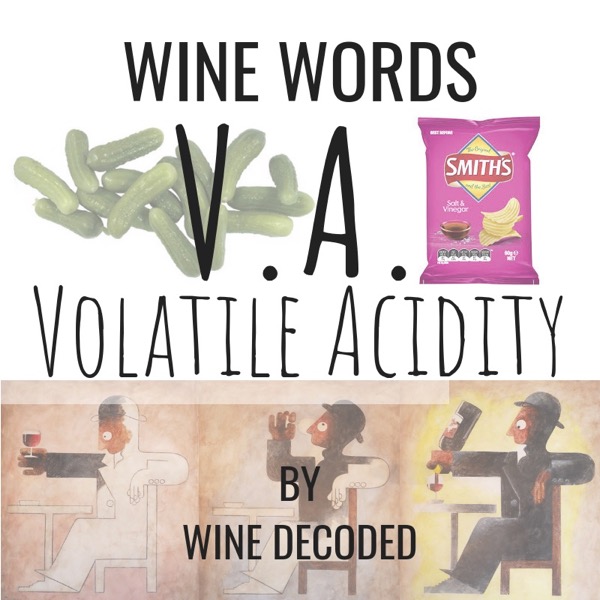
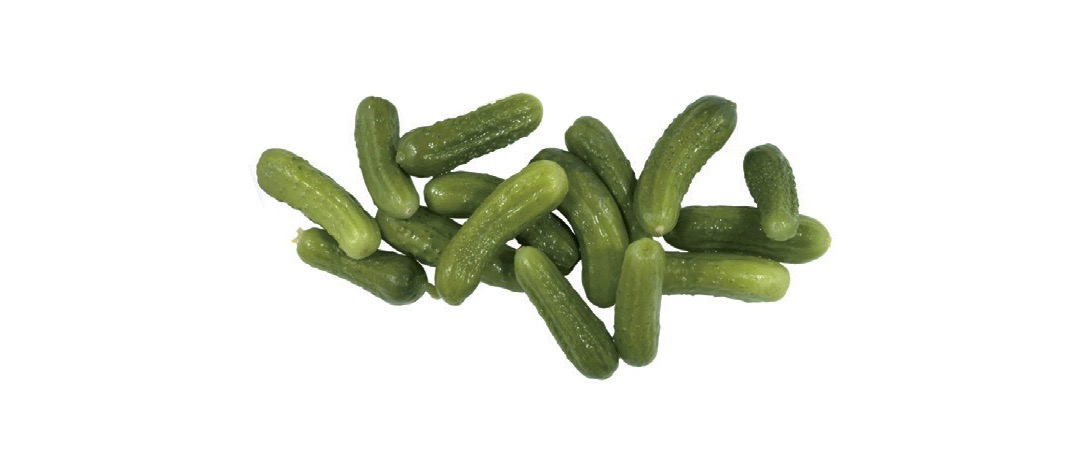
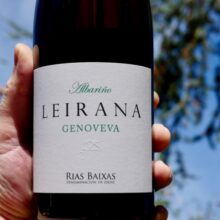
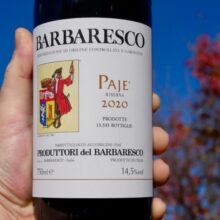
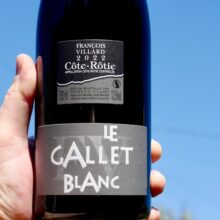
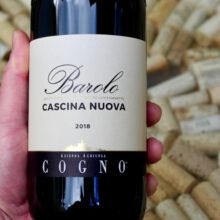
You must be logged in to post a comment.